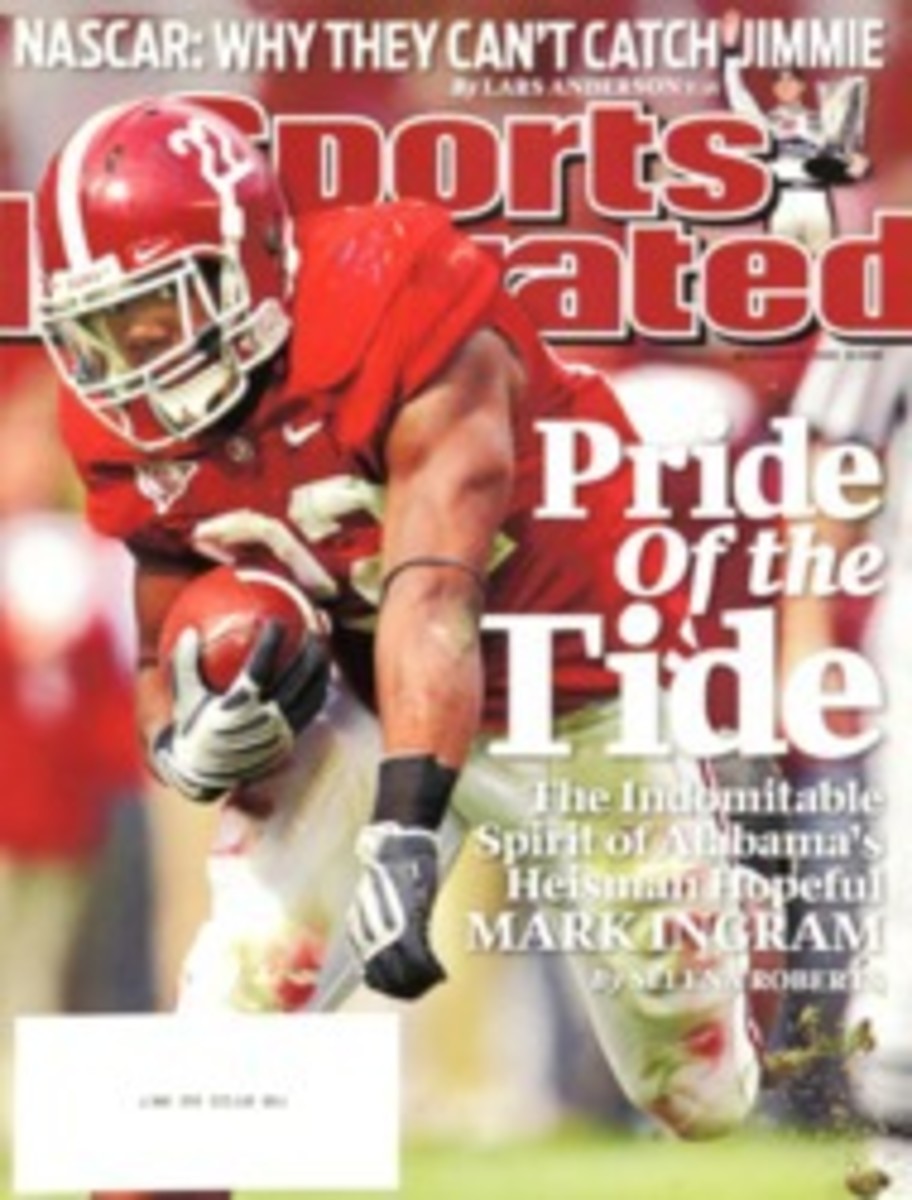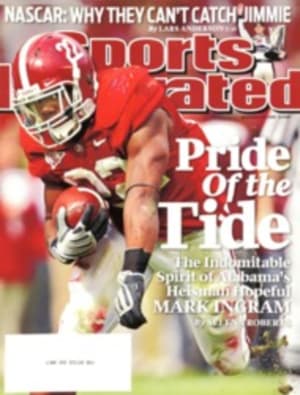
Subcontinental Drift
J.D. Walsh, a former Maryland basketball player turned coach, went to Pune, India, in June 2007 to hold a camp. He found local charm—the court was blessed with a coconut—and a willing group of 225 participants, including children who had ridden buses for 20 hours to attend. Since then Walsh has run camps in 14 cities for nearly 9,000 Indian kids. He has observed "small, fervent pockets" of interest.
The NBA has noticed. The league sees a chance to grow its business in India thanks to the country's mushrooming middle class. In early 2010 the NBA will open its first Indian office, in New Delhi, and it has lined up eight corporate partners—Coca-Cola and Nike among them—to help launch camps and clinics.
There are challenges. India lacks a homegrown star like China's Yao Ming, and, with no established pro league, there's little incentive to play. National teams are underfunded. Divya Singh, 27, a former women's team captain, says her stipend was so small that she worked a telecommunications job to get by. "People just play for fun," she says.
There's also virtually no hoops infrastructure; Walsh says there are fewer than a dozen indoor courts. Clippers guard Baron Davis saw this firsthand when he traveled to Mumbai as an ambassador for the NBA last July. He says the gyms he visited were "worn" and the outdoor courts were poorly kept.
But, Davis adds, the players and coaches were eager to learn. It'll take time for Indian hoops to reach a high level; the men's and women's teams are ranked 49th and 43rd, respectively, by FIBA. But, says Matt Robinson, a professor in Delaware's sport management program who has made two trips to New Delhi, "You've got to think evolution, not revolution."
PHOTO
ARKO DATTA/REUTERS (DAVIS)
BABY STEPS Davis helped give the game a lift in India, which has few top-tier players like Singh (left).
PHOTO
COURTESY OF DIVYA SINGH (SINGH)
[See caption above]

